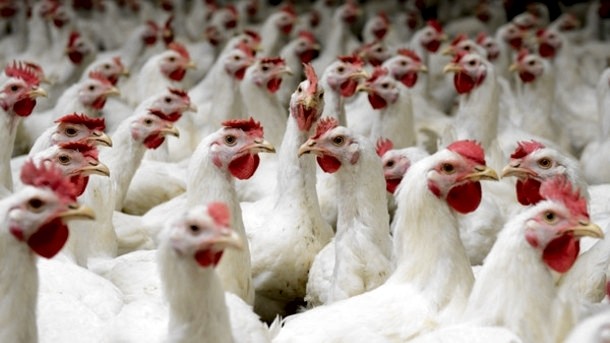China direct
‘Poultry for beef’ deal completes after China given US ‘equivalence’

The move completes an exchange deal through which China recently opened up its market to American beef.
According to a final audit report by the USDA’s Food Safety and Inspection Service (FSIS), Chinese systems and standards are in line with America’s, based on a small onsite review conducted in July.
“The audit did not identify any significant findings that represented an immediate threat to public health from the products being manufactured,” it said.
The report comes soon after comments closed in review of a proposed rule that will allow China to not only process and package US-bound cooked chicken, but to export the chickens, ducks and turkeys it raises.
The US currently prohibits the import of products from birds raised in China, but allows Chinese firms to process and package poultry slaughtered in either America, Canada or Chile.
When the USDA rubber stamps China’s poultry standards, the US$30bn American market will be open to the world’s second largest poultry producer, which has a 17% share of global production.
The news comes a week after China allowed beef from American producers to re-enter its market for the first time since 2003, when a cow in Washington state was found to be carrying BSE.
Among those opposed to allowing Chinese poultry into America is the Pennsylvania-based Centre for Foodborne Illness Research & Prevention.
“CFI has opposed the import of Chinese chicken for over a decade because of this country’s questionable food safety record and its lack of rigorous of farm management practices,” it wrote in its official comments on the rule.
The institute has also voiced its concern over the scale of the FSIS’s inspections, which audited just four Chinese poultry facilities and two microbiology laboratories in Shandong and Anhui provinces.
It said four processors were not enough to form a favourable decision, and questioned if the regulator had the resources to conduct audits “at the frequency needed to ensure the safety of Chinese products.”
The FSIS says it is planning annual equivalency reviews of China’s food safety systems for meat and poultry products. The agency may order so-called “secondary inspections” of meat imports at American ports of entry.
More from China…
Hong Kong resists sugar tax calls
Hong Kong authorities favour adopting health awareness schemes over introducing a tax on sugar to limit consumption.
Instead of following a World Health Organisation push for members to introduce levies on added sugar, the territory’s administration will seek to introduce a new food and beverage labelling system, while ramping up healthy food promotion in schools and introducing a pilot scheme to display calorie contents in canteens.
One in five Hongkongers is said to be overweight, prompting authorities to find a response to high sugar consumption.
Yet according to the Standard, a local daily, the Food and Health Bureau has not been swayed by the results of fiscal measures introduced in some countries that have led to “divergent views locally and internationally” over their success.
Hong Kong been taking a pro-business approach to the sugar debate, with the Secretary for Food and Health openly advocating persuading beverage companies to reduce their sugar content through dialogue.
Chinese egg companies in hunt to find Western acquisitions
Western egg processors are in the sights of Chinese corporations looking to accelerate their technical knowhow in line with their growing dominance of Asia.
According to Morten Ernst, of the International Egg Commission, Chinese egg businesses now control a 60% share of the Asian market—a segment many Western have missed out on in recent years.
Buoyed by huge demand in Asia, they are keen to look westwards to boost their supplies, with established egg companies being seen to be especially attractive.
“China is gong west," Ernst said, adding that this will mainly be achieved through foreign expansion and acquisition.
American egg producers are most at threat from Chinese interest as they continue to supply a subdued market. They currently face a 10-year low in pricing and ongoing over-supply issues following a bird flu outbreak in 2015.
The crisis sparked a 30-40% decline in demand for egg products. Now faced with a surplus of birds, the industry has in turn only recovered slowly.
Not only would some American targets prove to be cost-effective investments, in the eyes of Chinese egg majors they could also offer well-developed production and supply-chain technology at a time when Asia needs to improve efficiency in distribution.













